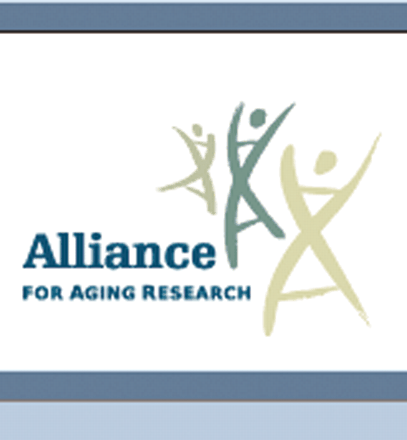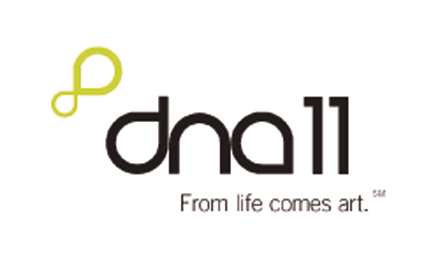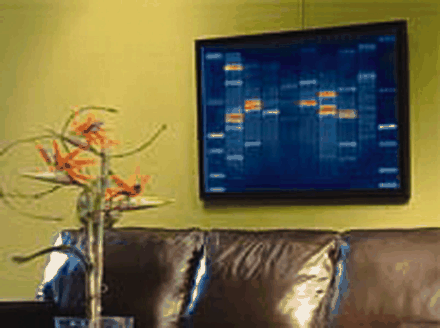Sites of interest on the World Wide Web—edited by David Roman and John W. Nelson
Topics in Bioethics

The ethical dilemma at the center of My Sister’s Keeper, reviewed in this month’s Beyond the Bench, provides the starting point for this issue’s crop of interesting and content-related Web sites of interest. The Center for Bioethics at the University of Pennsylvania (www.bioethics.upenn.edu) contains up-to-date information about the ethical debates that concern scientists in the age of cloning and modern genetics. Perhaps most useful is the Center Projects grouping, which provides information about some of the hot-button issues that crop up in the mainstream media. For instance, The Ethics of Gene Patenting page provides links and references to legal testimony and presentations (e.g., Health and Human Services testimonies) and leads users to scientific articles and editorials about this fiercely debated topic. Also available is a link to the UPENN Neuroethics Branch, which focuses on ethical issues that relate to neural imaging, psychopharmacology, and neural-machine interfacing. This collection of articles and references about current bioethical topics provides a valuable resource and should serve to stimulate debates of important issues facing scientists today.
Iron-Poor Nerves?

In this month’s MI, Lee and coworkers discuss the likely causative role of the dysregulation of iron metabolism in neurodegeneration. The role of accumulated iron in the brain has been controversial as it relates to neurodegenerative diseases, such as Alzheimer Disease and Parkinson Disease, but this supposition is now supported with no small amount of evidence. A Web site hosted by the National Institute of Neurological Disorders and Stroke, NINDS Neurodegeneration with Brain Iron Accumulatioon (NBIA) Information Page (http://www.ninds.nih.gov/disorders/nbia/nbia.htm) focuses on neurodegeneration associated with brain iron accumulation. This Web site provides links about funding and research, and perhaps most useful, a one-click link to PubMed listings that are relevant to the study of NBIA. Anyone who would like to get deeper into the primary literature on this pathology will find this Web site to be a good place to start.
The Genetics of Diseases

Continuing our theme of neurodegeneration and brain disease, this issue of MI contains a Viewpoint by Shah and Yu who discuss recent findings on sorLA/LR11, a protein that may sequester the amyloid precursor protein (APP) away from the enzymes responsible for the production of Aβ peptide and ensuing amyloid fibril plaque formation commonly found in the brains of Alzheimer Disease patients. Enumerating and characterizing the multitude of proteins and genes involved in this devastating disease is difficult, but the Genetics of Aging Web site (www.agingresearch.org/geneticsinaging/alz_1_4.html) hosted by the Alliance for Aging Research contains valuable information about a few genes involved in Alzheimer Disease. Although the listing is by no means exhaustive, other areas of the Web site might be useful for undergraduates or high school students with an earnest interest in the genetics behind various diseases. For example, the headers titled DNA Basics and Diseases and Conditions Overviews at the Web site (www.agingresearch.org/geneticsinaging/index.html) provide introductions to the world of genetic testing, the role of nature vs nurture in disease, and brief discussions about the genetics of specific diseases.
Über-Cool: Science as Art

What happens when a business technology veteran meets a molecular geneticist? It results in the formation of a company whose unique products span the gap between art and science. Adrian Salamunovic and Nazim Ahmed formed the company DNA 11 (www.dna11.com) to create artwork using DNA. The base form of their work will be very familiar to anyone who has worked in a laboratory: the electrophoretic separation of DNA fragments through agarose slabs. In a unique twist, this company creates artwork from the customer’s DNA. A cheek swab is submitted to the company, which is the subjected to PCR and electrophoresis. The resultant gel is stained and scanned or photographed to create a wall-size piece of artwork. The images can be enhanced with colorization, adding an additional level of style and uniqueness to the piece. To the uninitiated, the resulting artwork will simply be an abstract piece to admire, but to the owner and any scientists who may view the work, there is another level of appreciation. In addition to creating unique artwork from a person’s DNA, the company has also created commercial pieces for clients such as Absolut Vodka, using DNA from some of the fruits used in their product lines. At turns useful (as you can now explain your lab work to Aunt Mabel by pointing to the art hanging on the wall), ego-stroking (I’m a work of art…or a piece of work––you decide––for all to enjoy), and creepy (think of your own do-it-yourself CSI lab), the product offered by DNA 11 is bound to have you asking Why didn’t I think of this myself? Even if you aren’t in the market for some abstract art, this interesting Web site is worth a look!

- © American Society for Pharmacology and Experimental Theraputics 2006



